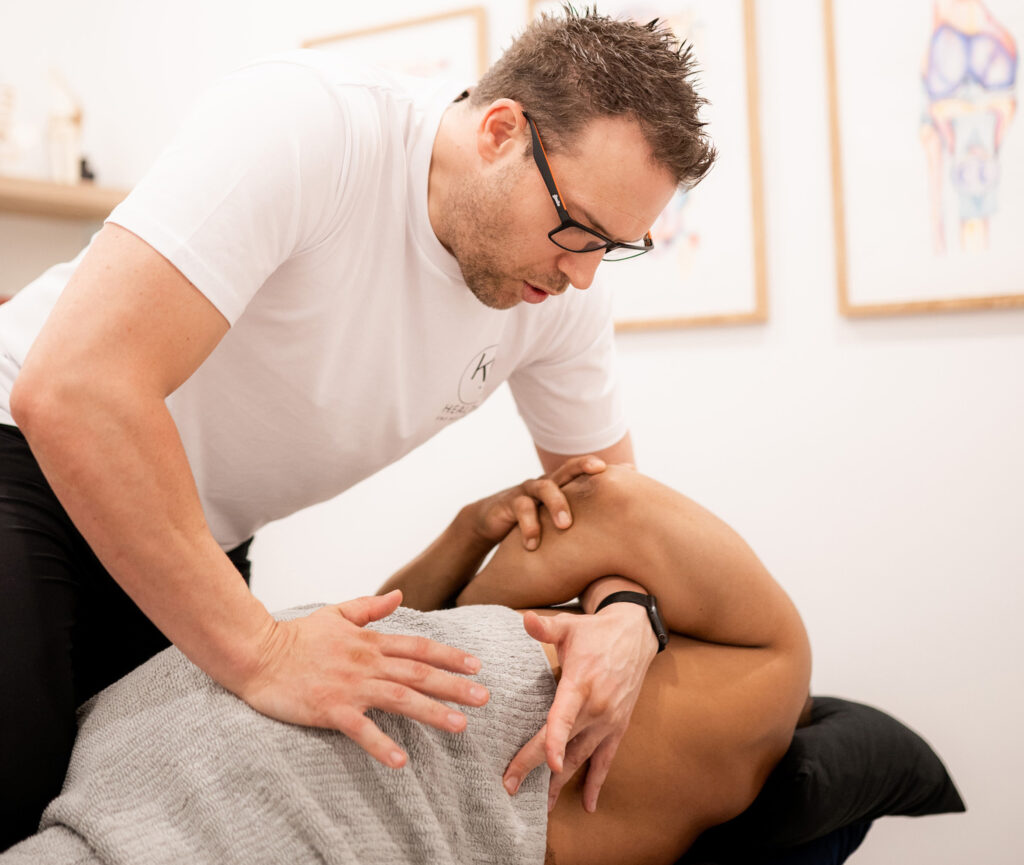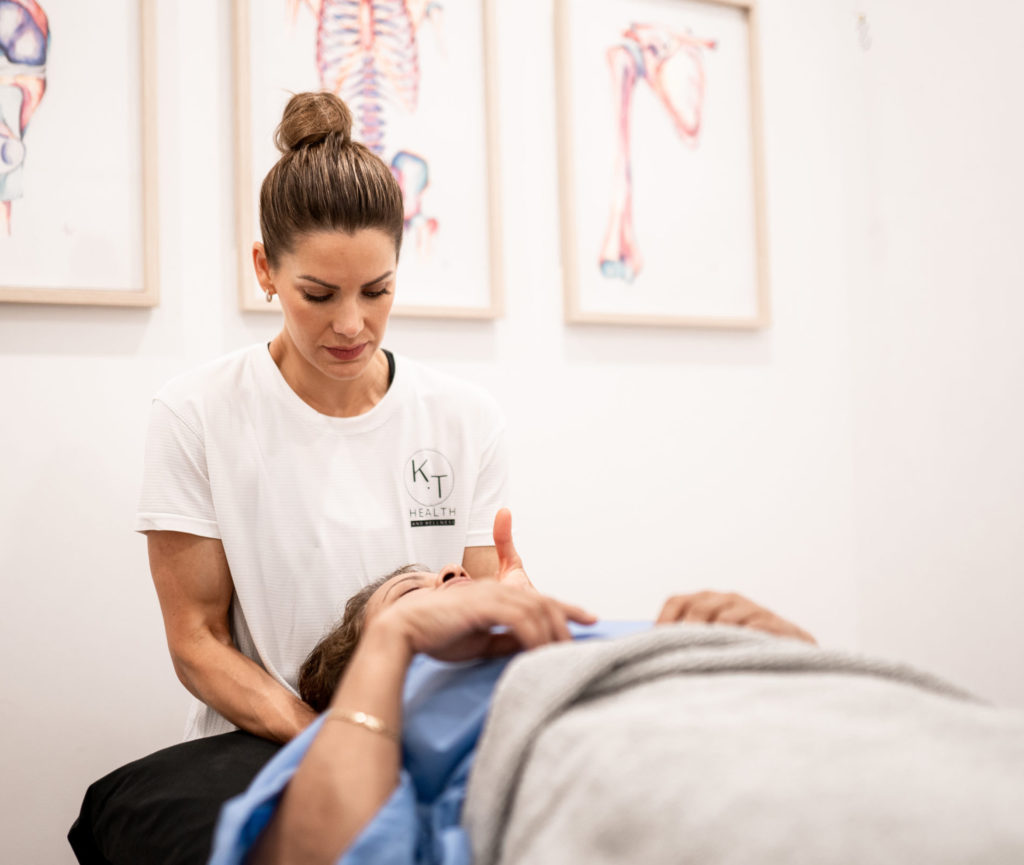A sprained wrist happens when the ligaments that support and stabilise the wrist joint are stretched or torn. Ligaments are tough bands of tissue that connect bones, and when they’re injured, it can cause pain, swelling, and difficulty using the wrist, especially during lifting, gripping, or weight-bearing tasks.
An analogy…
Imagine your wrist joint like a suspension bridge, with ropes (ligaments) holding everything in place. If the ropes stretch or snap, the bridge becomes unstable, and that’s exactly what happens in a wrist sprain.
What are other names that a sprained wrist can be called?
Wrist Sprain
What causes a sprained wrist?
A wrist sprain typically occurs when the hand is suddenly forced backward or twisted, which overstretches the ligaments in the joint. This is common during falls, where the body weight lands on an outstretched hand, putting excessive pressure on the wrist. The injury can involve different ligaments depending on the direction and force of the movement.
What are the signs and symptoms of a sprained wrist?
- Pain in the wrist, especially with movement or weight-bearing
- Swelling and tenderness over the joint
- Bruising around the wrist or palm
- Difficulty gripping or lifting objects
- A feeling of instability or weakness
- Limited wrist movement due to pain or stiffness
- In moderate to severe cases, there may be a popping sensation or visible swelling
What tests are used to diagnose a sprained wrist?
Palpation: The practitioner gently presses around the wrist to feel for tenderness, swelling, or warmth, especially over the ligaments and joint lines. Pain during palpation can help identify which ligaments are injured and the severity of the sprain.
Range of Motion Tests: These tests involve moving the wrist through flexion, extension, side-to-side deviation, and rotation to assess for pain, restriction, or instability. Limited or painful motion often suggests ligament strain, swelling, or joint stiffness from the sprain. Comparing both wrists helps detect subtle differences in movement and function.
How long does a sprained wrist take to heal?
Mild (Grade 1) sprains usually heal in 1 to 2 weeks with proper rest and support. Moderate (Grade 2) sprains with partial ligament tearing may take 3 to 6 weeks, especially if swelling and bruising are significant. Severe (Grade 3) sprains with complete tears or joint instability may take 6 to 8 weeks or more and may require splinting, bracing, or even surgery if the ligament is fully torn or if the wrist remains unstable.
How does a sprained wrist happen?
- Falling on an outstretched hand (FOOSH)
- Twisting the wrist during sport, work, or daily tasks
- Contact sports like football, basketball, or netball
- Repetitive wrist strain from typing, lifting, or manual labour
- Weak wrist stabilisers or previous wrist injuries
- Poor balance or lack of protective reflexes during falls
What treatment can help a sprained wrist?
- Rest, Ice, Compression, and Elevation (RICE) in the first 48–72 hours
- Wrist brace or splint to protect the joint during healing
- Anti-inflammatory medication for pain and swelling
- Gentle movement exercises as the pain settles to prevent stiffness
- Gradual strengthening and return to activity under supervision
What exercises or stretches can I do for a sprained wrist?
- Wrist mobility exercises
- Isometric and light resistance strengthening
- Grip strengthening with putty or a stress ball
- Forearm muscle stretches to reduce tension
- Weight-bearing progressions
What products can help with a sprained wrist?







